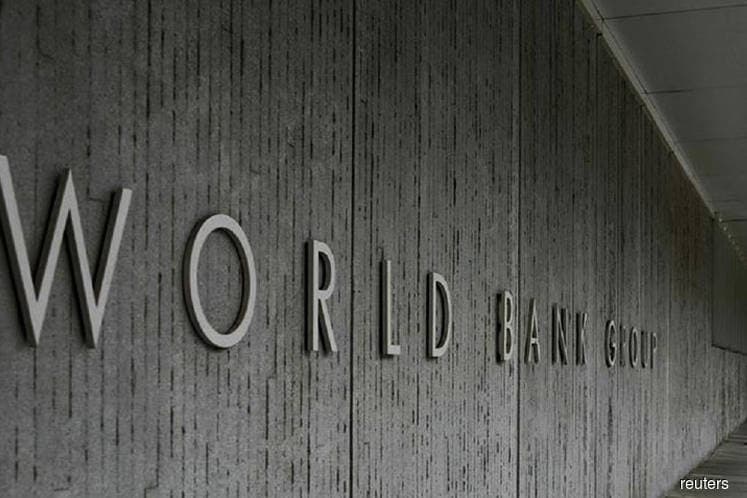
This article first appeared in The Edge Financial Daily on April 13, 2018
KUALA LUMPUR: The World Bank has upped Malaysia’s 2018 gross domestic product (GDP) growth forecast to 5.4%, from 5.2% projected in January, with the growth expected to be supported by continued strength in private consumption.
In its East Asia and Pacific Economic Update released yesterday, the World Bank said Malaysia is among the commodity-exporting economies in the region where cyclical recovery is proceeding faster than expected.
However, the report noted that the GDP growth would be slowing from a three-year high of 5.9% in 2017, driven by an anticipated decline in public capital spending. This would be partially offset by the continued expansion of exports and private investment, said the World Bank.
The international lender added that Malaysia’s private sector capital expenditure “is expected to be sustained by the continued flows of infrastructure projects and capital investments in the manufacturing and services sectors”.
Meanwhile, the strength of Malaysia’s export performance is expected to continue into the first half of 2018 in tandem with the ongoing cyclical upturn in global trade, although at a lower rate than in the preceding year.
“Looking further ahead, Malaysia’s economy is projected to expand at 5.1% in 2019 and 4.8% in 2020 and is expected to achieve high-income country status at some point between 2020 and 2024,” said the World Bank.
Headwinds that could dampen the nation’s growth prospects relate mainly to the external environment, such as an abrupt adjustment to global financial market conditions or weaker-than-expected growth in major economies and export demand.
“Domestically, downside risks relate primarily to the relatively high level of household and public-sector debt, as well as uncertainties surrounding Malaysia’s forthcoming general election,” the World Bank said, adding that Malaysia’s large foreign holdings of bonds also expose it to volatility.
Meanwhile, regional growth is expected to remain robust and relatively stable. “Regional growth is projected to ease to 6.3% in 2018 and to around 6% on average in 2019 and 2020, broadly in line with the previous forecasts, led by a structural slowdown in China,” the global institution said.
Excluding China, the GDP growth forecast for East Asia Pacific developing economies has been raised to 5.4%, reflecting the better-than-expected recovery in commodity exports.
But with output gaps closed or closing, inflation expectations are seen to be rising. “Labour markets are tightening,” the World Bank said, and price pressures are expected to increase in 2018.